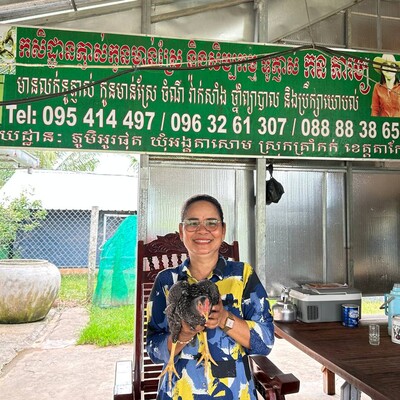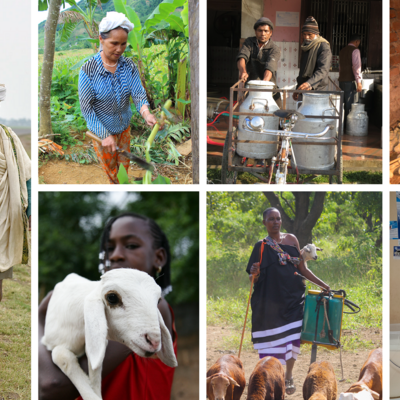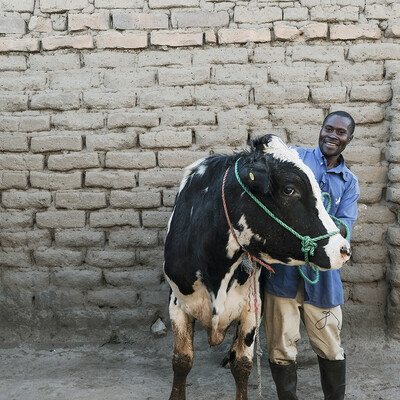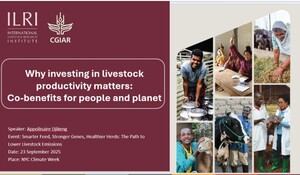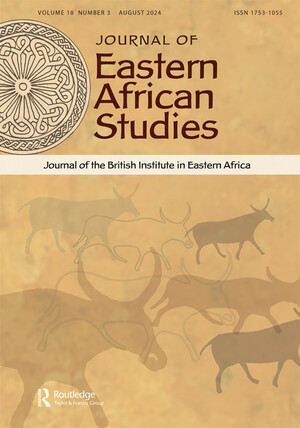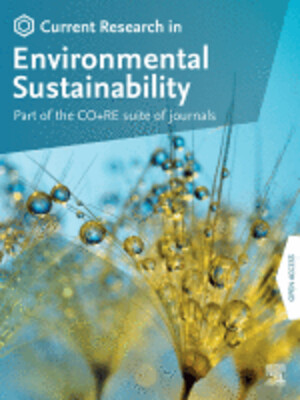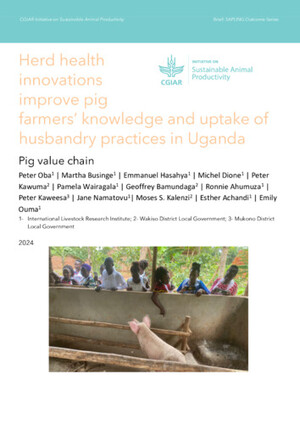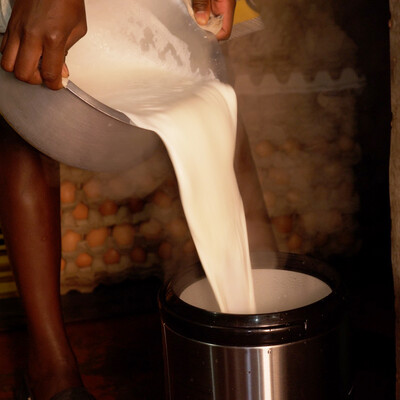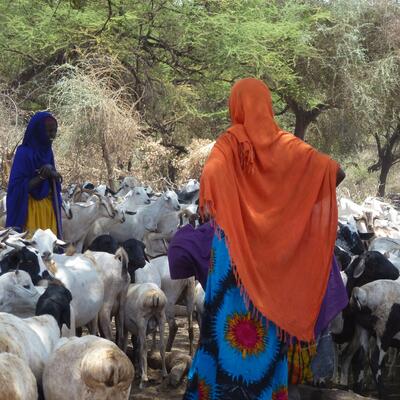
Using the livestock master plan process to boost investment in livestock development
 A pastoralist takes her livestock to a communally managed water point in Garba Tulla, Isiolo county, northern Kenya (photo Credit:ILRI/Fiona Flintan).
A pastoralist takes her livestock to a communally managed water point in Garba Tulla, Isiolo county, northern Kenya (photo Credit:ILRI/Fiona Flintan).
The International Livestock Research Institute (ILRI), the Food and Agriculture Organization of the United Nations and the French Agricultural Research Centre for International Development have been collaborating to develop tools that help planners in the livestock sector generate evidence that is crucial in decision-making. The process is embodied in the livestock master plan (LMP) initiative. The LMP is a detailed sector analysis and investment plan comprising of a livestock sector analysis of the current situation, trends, long-term forecast of the sector strategies impact, and a medium-term investment plan with commodity value chain ‘road maps’. The road maps include the vision, targets, goalposts, strategy, sequential plan of action, and financial and human resources budgeting.
The evidence generated through this process provides policymakers, private investors, donors and development partners with information to support national development objectives, and continental and global commitments as embodied in the Malabo Declaration and the Sustainable Development Goals (SDGs). The LMP process supports countries to generate the evidence needed to develop a livestock sector strategy and livestock commodity specific roadmaps using a set of analytical tools. The LMP is then incorporated in the national agriculture investment plan (NAIP), a nationwide agriculture sector document that defines national priorities, goals and outcomes over a defined time frame.
At ILRI, the eastern and central Africa node of the Regional Strategic Analysis and Knowledge Support System Project (ReSAKSS) supports efforts to promote the use of the LMP process in evidence generation and outcome-based policy planning and implementation through the NAIPs. ReSAKSS is an Africa-wide network of regional nodes established in 2006 under the Comprehensive Africa Agriculture Development Programme (CAADP). It supports the implementation of CAADP efforts of high-quality analyses and knowledge products use in policymaking, tracking progress and deriving lessons.
Integration of livestock into national agricultural investment plans
Joseph Karugia, the ReSAKSS eastern and central Africa coordinator, notes that ‘in the CAADP/Malabo framework, NAIPs are the blueprint investment documents for the agriculture sector. NAIPs, therefore, ought to capture the investment commitments of both the public and private sector, other non-state actors and development partners’.
An evidence-based planning and stakeholder consultation is firmly embedded in the CAADP/Malabo principles. It is used in the development of NAIPs and aids in the identification of challenges, prioritization of investment and policy measures required for agriculture growth and development. The NAIPs provide a good opportunity to capture the role of the livestock sector and adequate direct investment to it.
Roles of the livestock sector in NAIPs
Evidence generated in NAIPs shows that the livestock sector contributes significantly to socio-economic development. But this role is often not fully appreciated, partly due to a lack of empirical evidence to counter prevailing perceptions.
The sector contributes towards livelihoods and income generation for smallholder farmers. Livestock provide high-value products, a household asset base for finance and insurance, household nutrition security (especially for vulnerable members such as children, the sick and elderly), and contribute manure that improves soil fertility.
Criteria for assessing the livestock sector’s inclusion in NAIPs
- Recognition of its importance/contribution to economic growth, livelihoods and poverty reduction. The sources, date and methodology of existing statistics is assessed.
- Clear identification of challenges, constraints and opportunities in the sector.
- Consultation in NAIP preparation to ascertain the diversity of stakeholders’ representation and representativeness by region, gender, minority and the private sector among others.
- Use of evidence and the type of analysis employed.
- Review of livestock specific programs and their links with identified constraints and opportunities.
- Review of the decision-making (central or local) and the funding processes to show whether public funding complements private funds and the existent mix of program funding (external or local funds).
- Resource allocation is also assessed to show the proportion allotted in the NAIP compared to other subsectors, the actual expenditures incurred and the monitoring of activity implementation done.
The incorporation of livestock in the NAIPs is crucial for the achievement of national livestock sector development plans in addition to the Malabo Declaration commitments and even SDGs.
Compelling evidence for the livestock sector must be assembled to showcase the envisioned development and investment needed. The LMP initiative serves a key role, given that it also incorporates capacity development for the planners and implementers.
Lessons learned from Ethiopia
‘The process of producing the Ethiopia livestock master plan was not smooth. The initial plans were hampered by lack of strong institutions and competent staff members to support the development of an effective livestock sector transformation plan,’ says Tadesse Gobena, head of the dairy sector in the Ministry of Livestock, Ethiopia. The process was delayed for about six years but resumed after demand for quality evidence from partners, donors and the development community. ILRI was then approached to support the process.
The process of coming up with a national livestock master plan takes time, requires lots of data and analysis and, as such, needs the strong commitment of all stakeholders. In addition, the process needs to be consultative and inclusive to ensure precision in planning and implementation. Given that many governments may not have the requisite expertise, it is important to engage experts to support the process and build their capacity.
Benefits of taking up the LMP process
- The livestock sector development needs in Ethiopia were identified and recognized since there was convincing analytical data.
- Ethiopia initiated a five-year growth and transformation plan (GTP), which is intended to move the nation to a middle-income status. The LMP was incorporated in the GTP.
- The government committed funds to bring about the sector’s growth and transformation.
- Development partners were attracted to support the nation’s livestock sector in the identified development aspects.
- The private sector was motivated to invest in the livestock sector.
- Women and youth now participate in the sector due to awareness creation. They act on the information available to develop their livestock activities.
See more on the livestock master plans here






